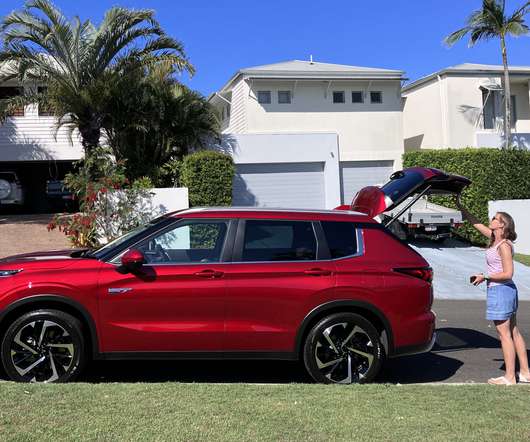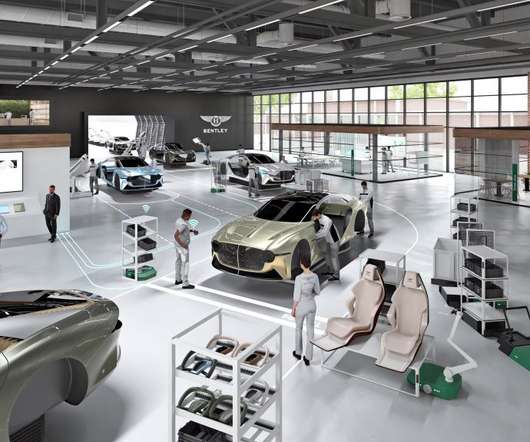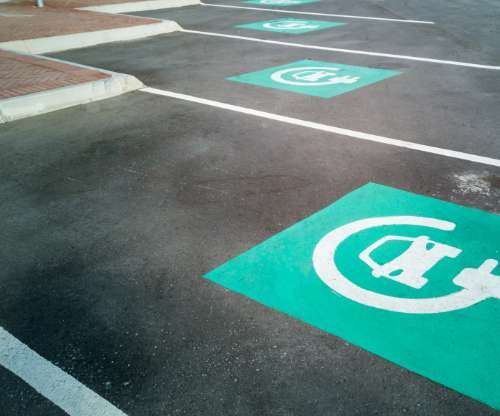Nepal new budget: removes tax hikes on EVs, waives renewal & road tax for 5 years
Electric Vehicles India
MAY 31, 2021
The budget mainly focuses on hydro and all types of renewable energy and to control the Covid-19 pandemic and recovering the economy. Nepal aims to phase out petrol-diesel vehicles with electric vehicles by 2031. . Exemption of renewal and road taxes for five years if an existing petroleum vehicle switches to battery power.



















Let's personalize your content